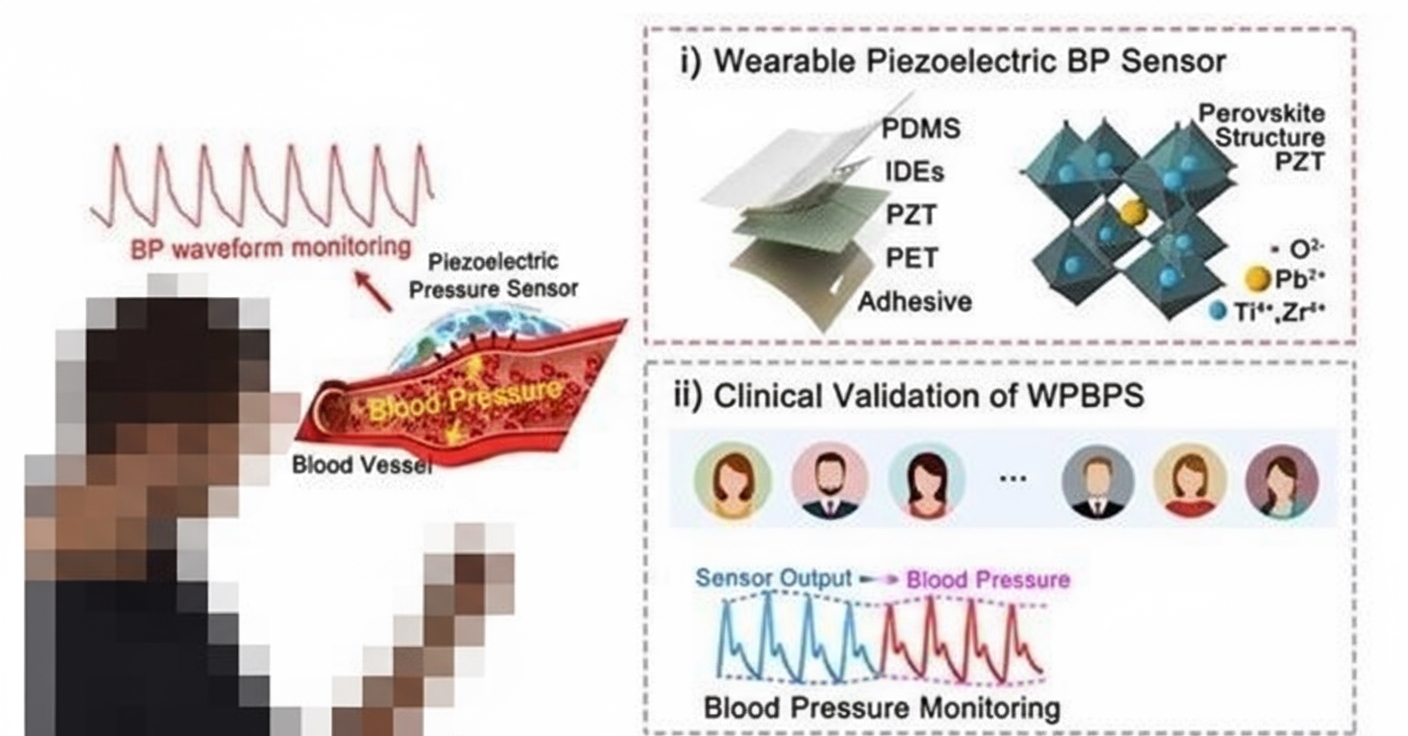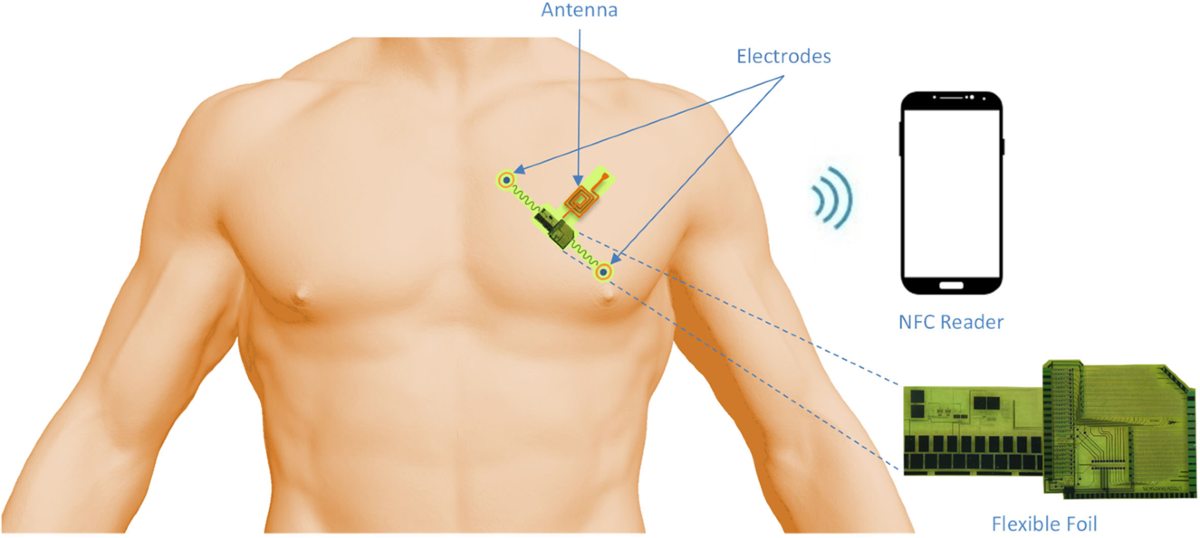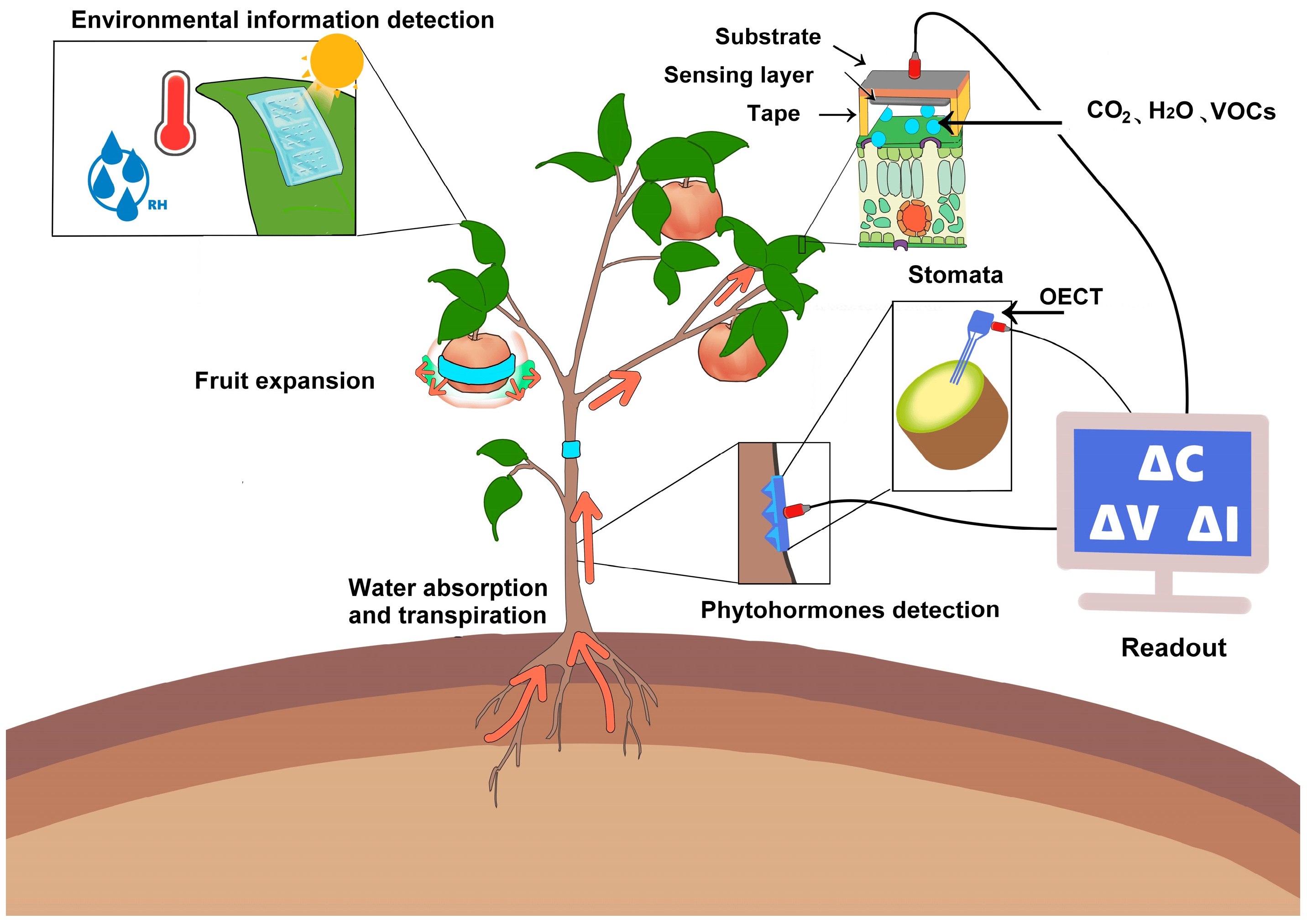Researchers at Hunan University, led by Professor Zhou Jiaxi from the School of Mechanical and Transportation Engineering, published an article in Nano Energy titled "Wearable bistable triboelectric nanogenerator for harvesting torsional vibration energy from human motion." The team proposed a new method for low-frequency energy harvesting using a wearable triboelectric device. By introducing a flexible negative-stiffness mechanism, they designed a wearable bistable triboelectric generator to address the challenge of harvesting energy from low-frequency human motion, offering a potential solution for self-powered Internet of Things deployments. The first author is postdoctoral researcher Tan Dongguo, and the corresponding authors are Professor Zhou Jiaxi and Associate Researcher Wang Kai.
1. Background
Sensor technology underpins rapid development in the Internet of Things, relying on wireless sensors to enable information exchange between people and devices. Acquisition of human physiological and motion data depends on numerous wearable devices and miniature wireless sensor nodes. Providing stable, long-lasting, and low-cost power to large-scale sensor networks remains a bottleneck for further deployment. Human motion can drive relative movement of dielectric materials, so triboelectric nanogenerators (TENGs) show promise for harvesting energy from human activity. However, human motion is typically low-frequency, and conventional triboelectric generators struggle to capture low-frequency energy efficiently. Developing wearable TENG designs capable of harvesting low-frequency human motion is therefore a key challenge.
2. Study summary
To overcome the difficulty of harvesting low-frequency vibration energy from human motion, the team proposed a wearable bistable triboelectric harvesting method and developed a compact wearable bistable triboelectric generator. They fabricated a prototype and established an electrical performance test platform. Experimental measurements characterized the electrical output under different operating conditions and revealed how excitation amplitude affects electrical performance. Finally, the generator was worn on the human body to measure electrical output under different motion modes and to demonstrate application experiments driving an LED array and a low-power temperature sensor. Results indicate the wearable generator can efficiently convert low-frequency human motion into electrical energy and supply low-power sensors, with potential for self-powered wearable electronic designs.
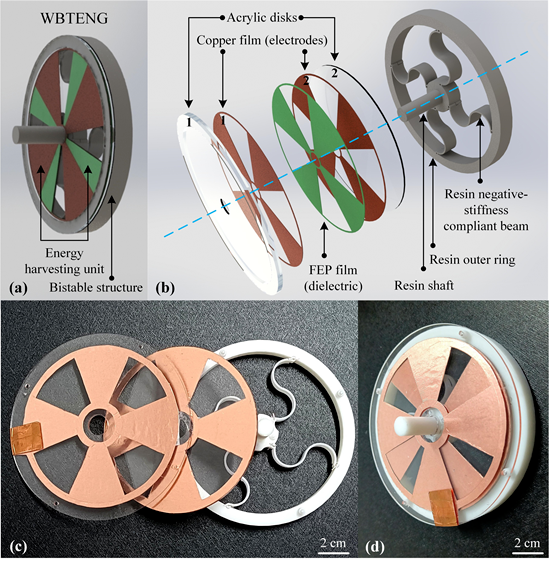
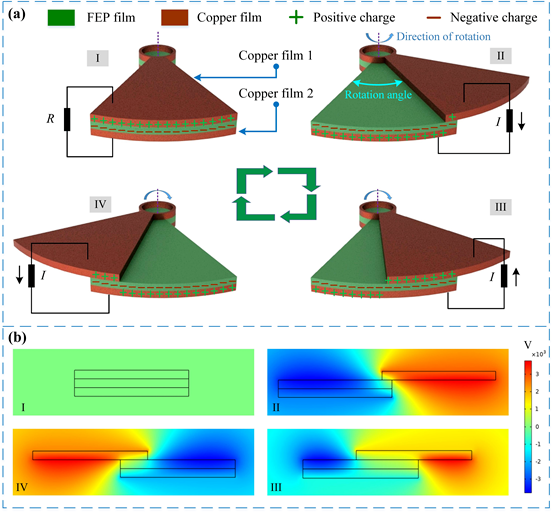
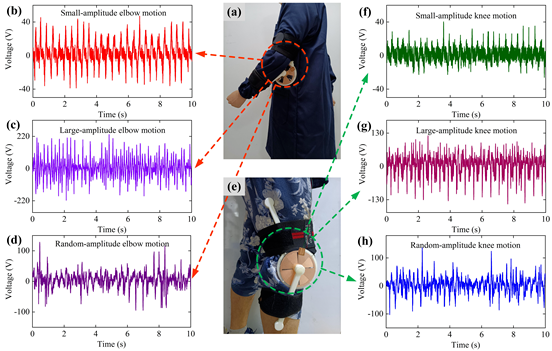
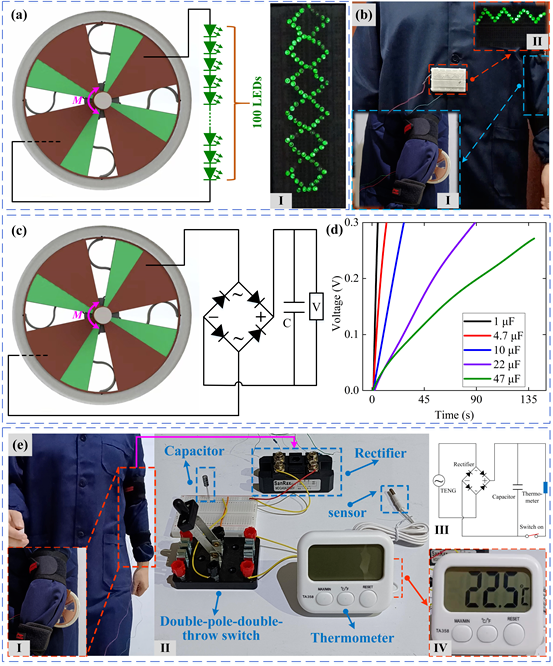
 ALLPCB
ALLPCB



